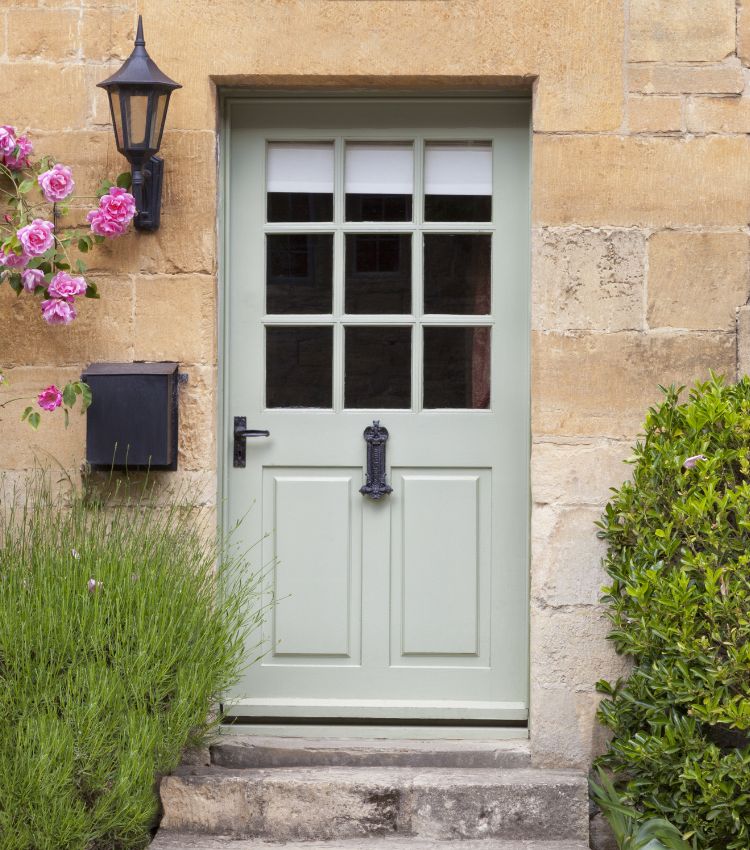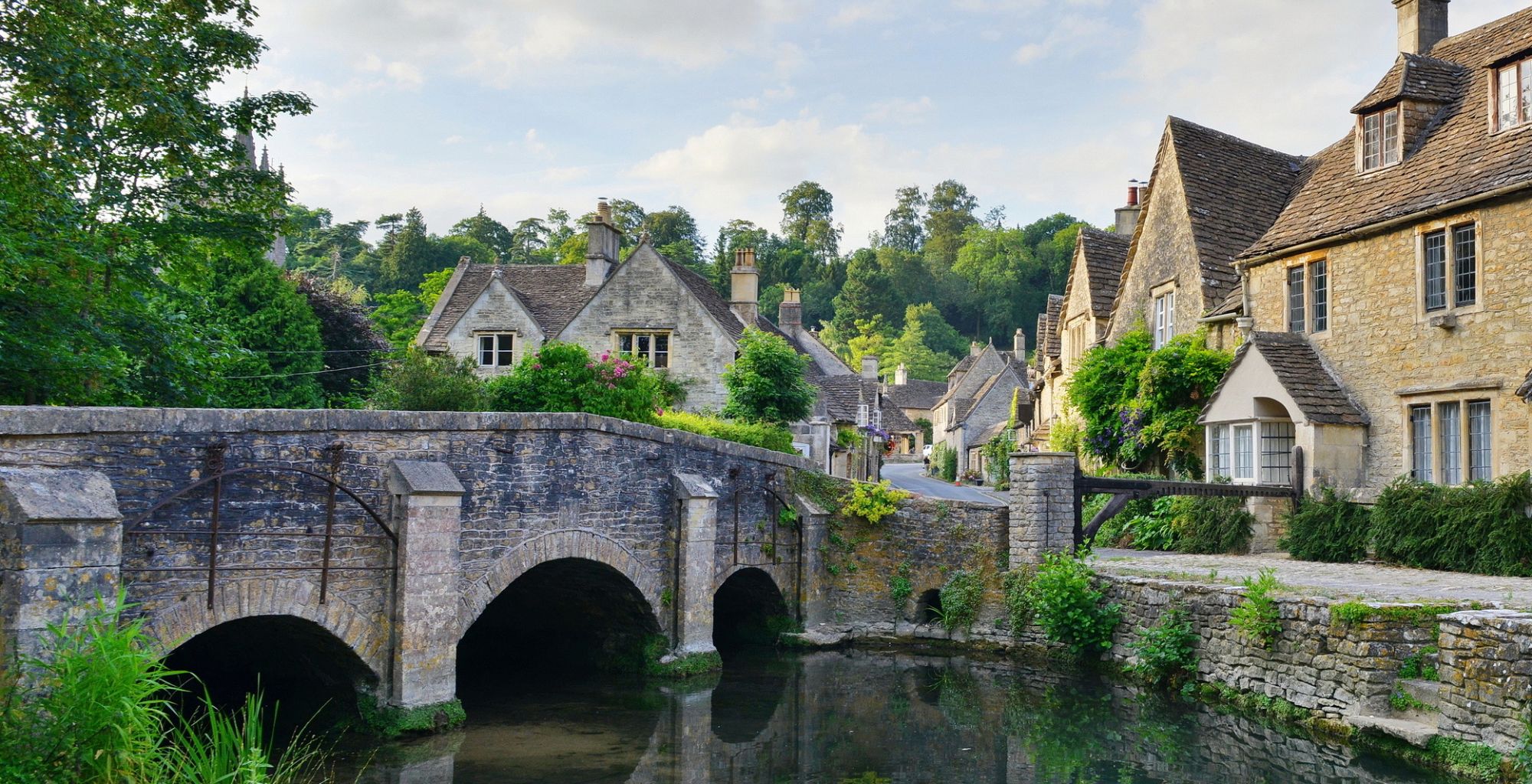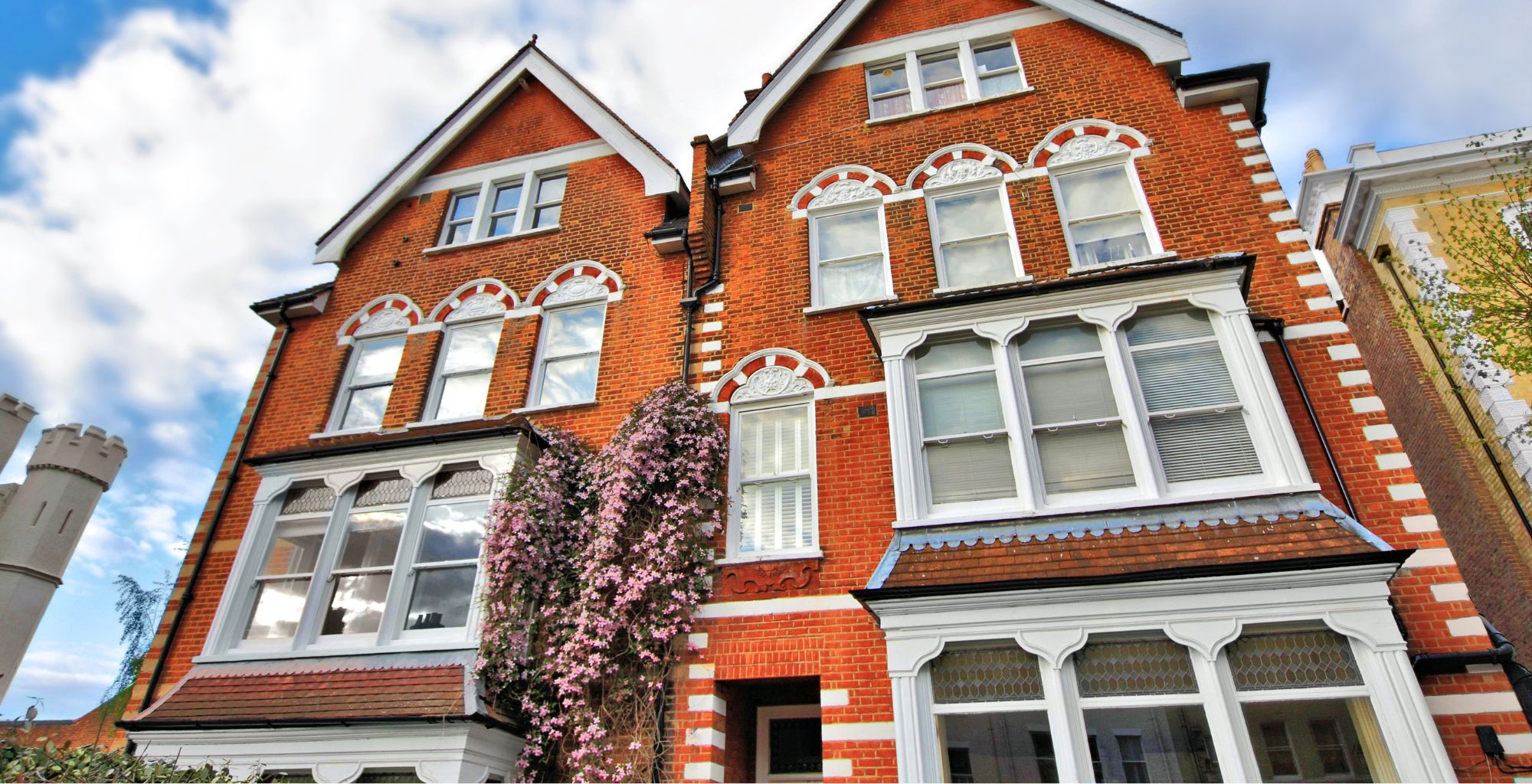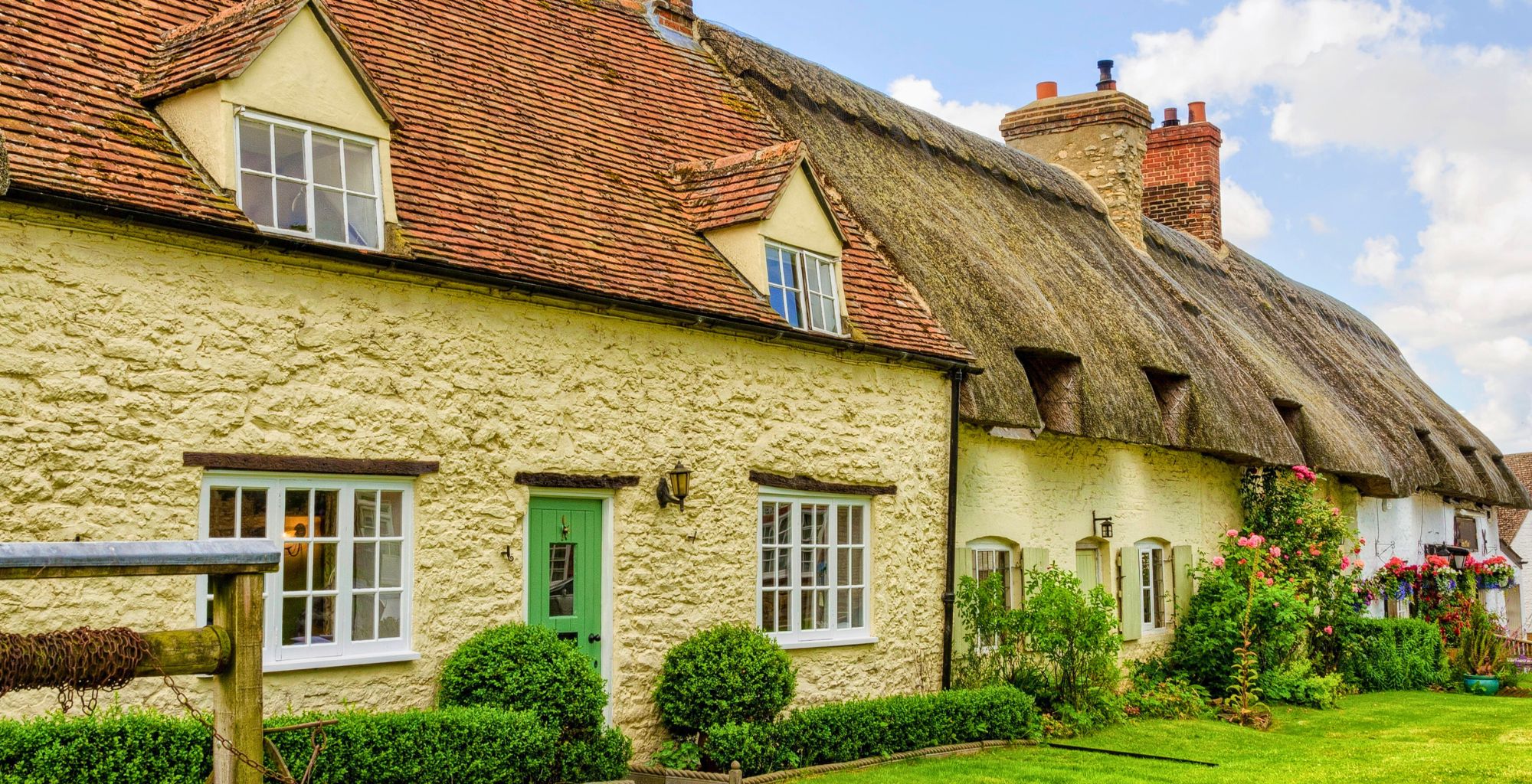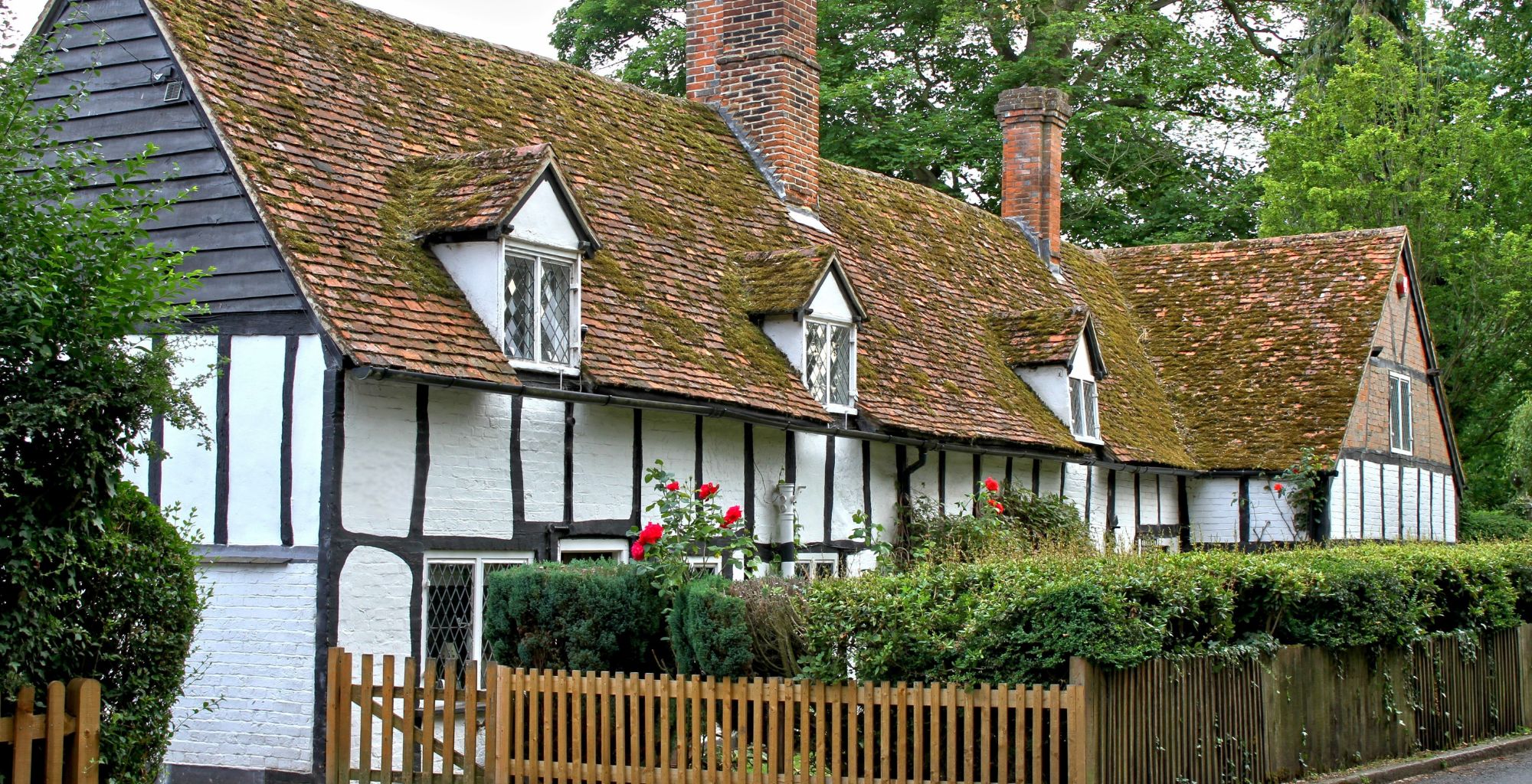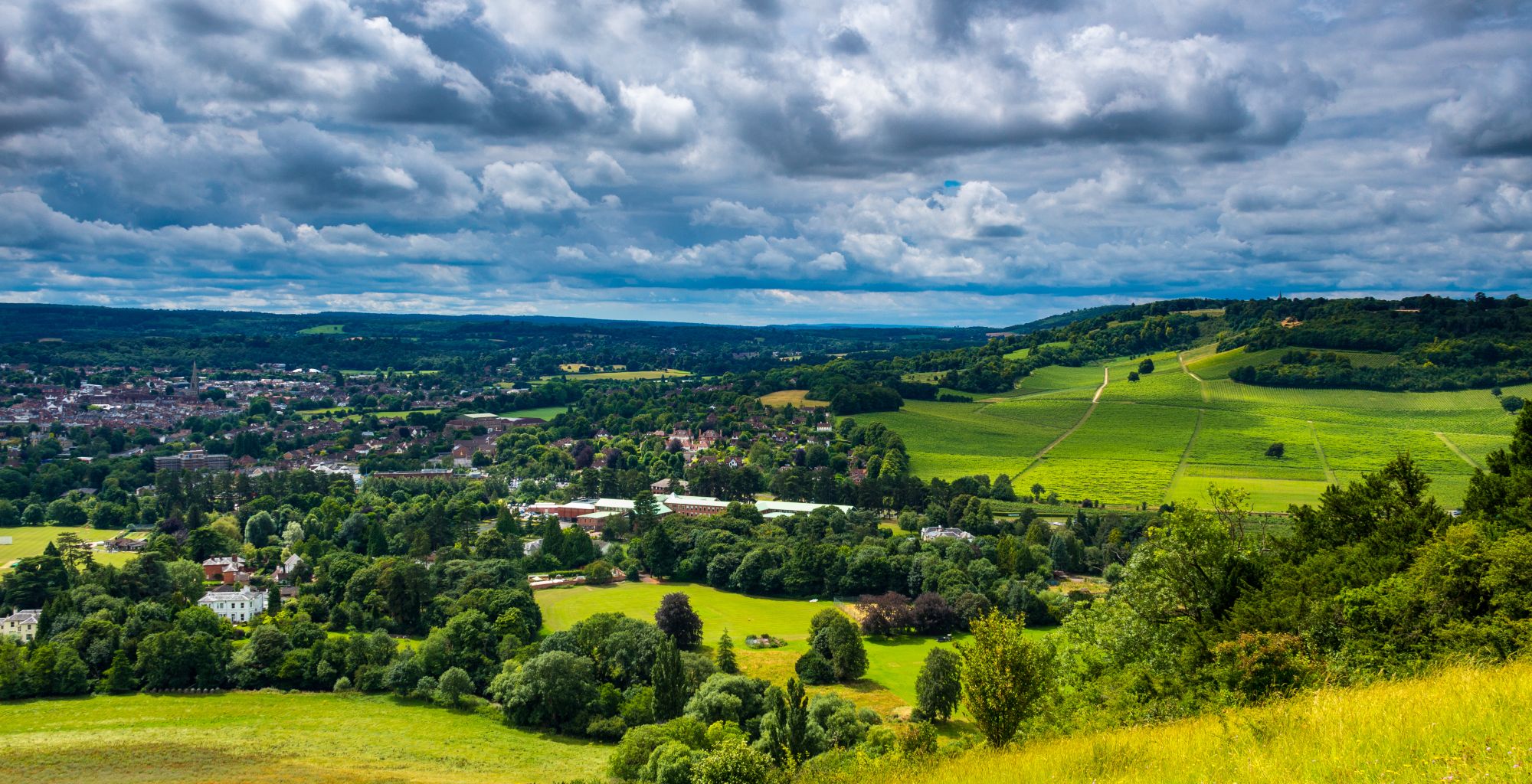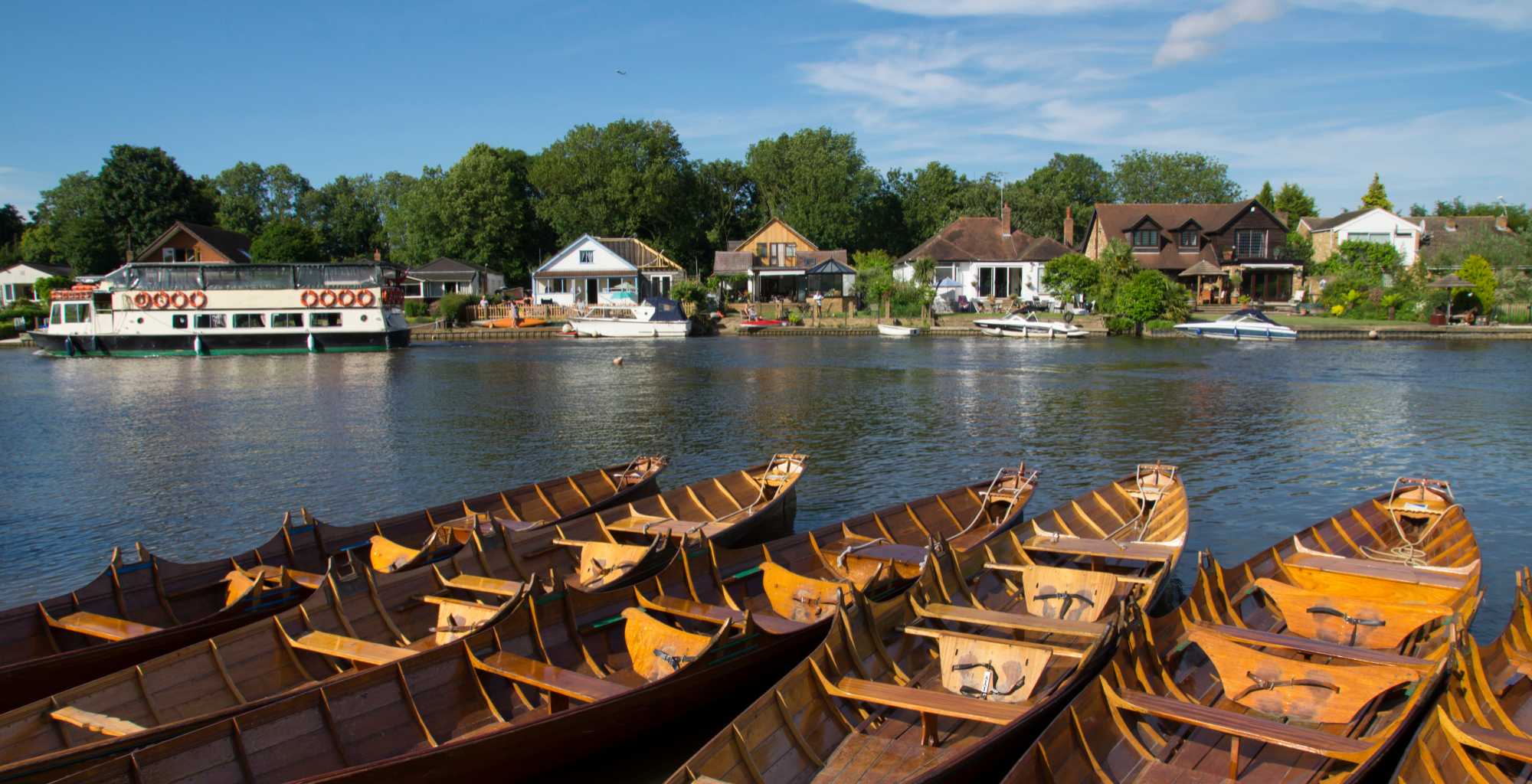Are you looking for the best places to live in Oxfordshire to focus your property search? From bustling market...
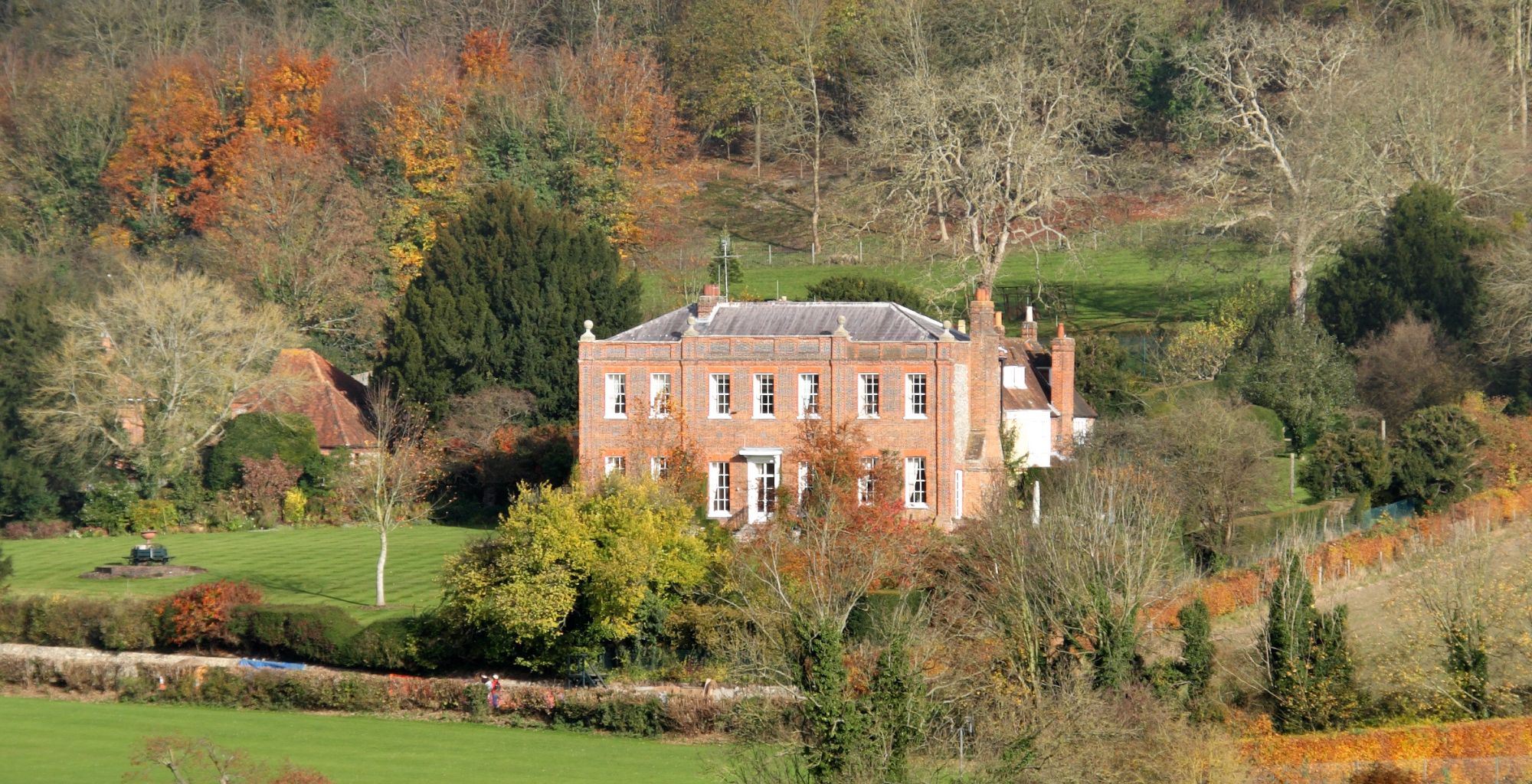
Buying a listed or graded building? Here’s what you need to know
Are you considering buying a listed or graded building? There are around 500,000 listed buildings in England alone, so investing in a rarity may be an exciting prospect.
Along with that excitement and having a feeling of your property being extra special, though, there is a lot to consider.
Owning or living in a listed building is a big commitment and comes with a number of obligations and responsibilities.
Even maintaining a listed property can be a challenging and complex process.
That said, it can also be a very rewarding experience, bringing something so important back to life.
If you are looking to add another house to your property portfolio, then when it comes to flipping your new place, the prestige of buying a listed or graded building will undoubtedly give you a competitive edge on the market.
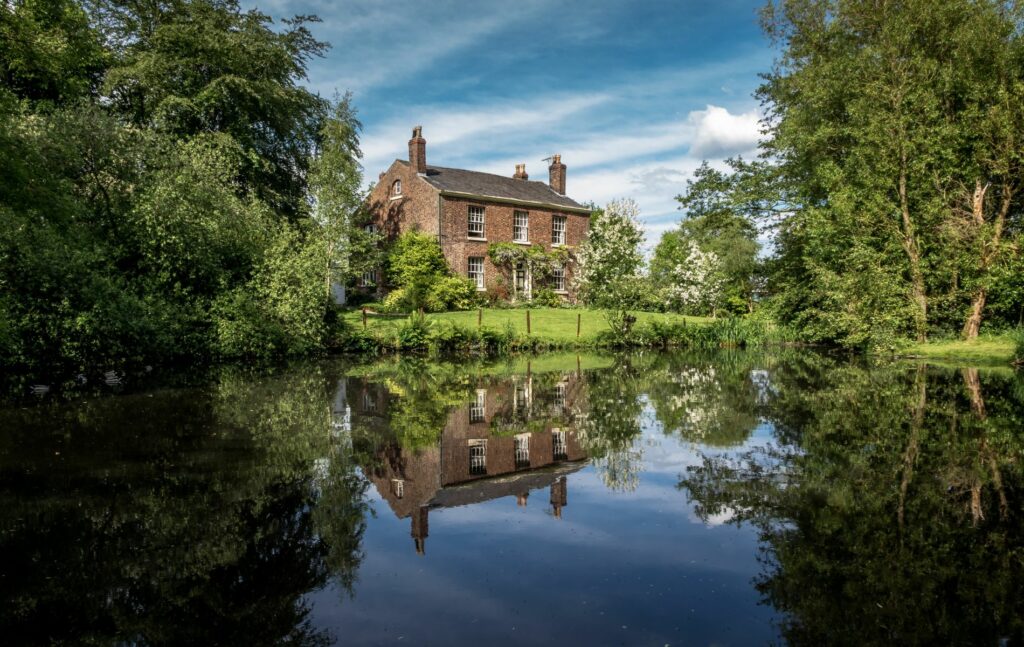
What is a listed or graded building?
A building is listed when it is of special architectural or historic interest and considered to be of national importance and therefore worth protecting.
In England and Wales, there are three types of graded building:
- Grade I – Buildings of outstanding or national architectural or historic interest.
- Grade II* – Particularly significant buildings of more than local interest.
- Grade II – Buildings of special historic or architectural interest.
According to Historic England Grade II buildings make up 92% of all listed buildings.
When buying a listed or graded building in Scotland and Northern Ireland, you should be aware that different gradings apply – Scotland has categories A, B and C, whilst Northern Ireland’s listed buildings are graded A, B+, B1, and B2.
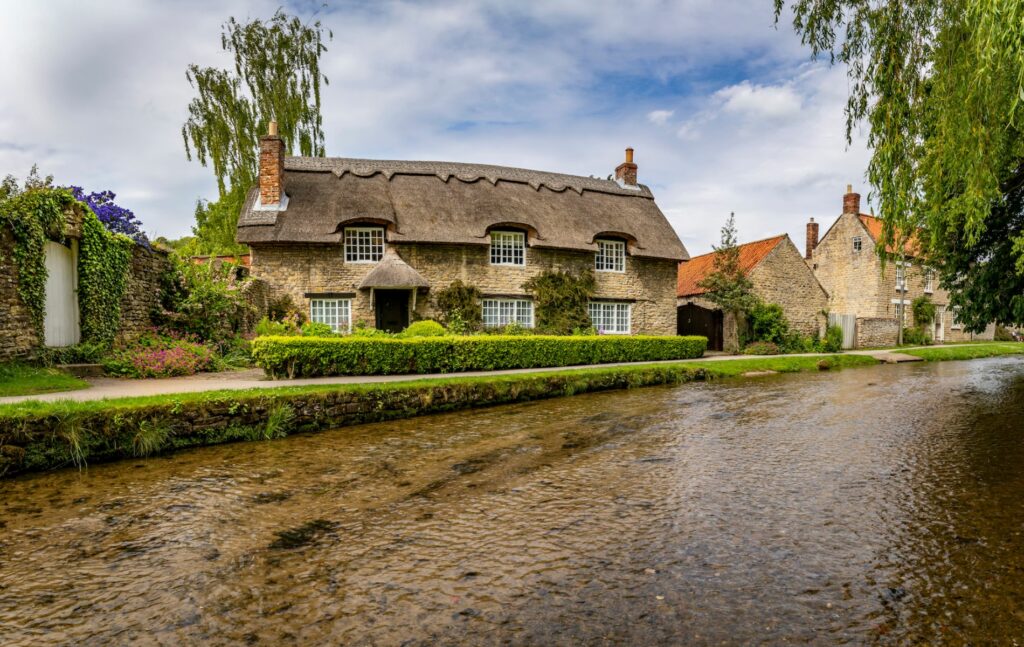
How do you know if a property is listed?
The listed or graded building status may be a blessing and a curse for potential buyers.
These properties usually have restrictions placed on both what can be done to their interiors and exteriors.
As the owner, you can’t make any alterations without acquiring the correct permissions.
You’re also responsible for the often very costly – and challenging in terms of permissions – upkeep of the property.
Generally, if a property is built before 1700 and boasts its original condition, then it’s most likely to be on the register. The same is true of buildings crafted between 1700 and 1840.
However, these later buildings are usually combined with added structures built anywhere between 1840 and 1914.
These additions typically display interesting technological advances or showcase the work of renowned architects.
Historic England, Historic Scotland and Communities NI all hold registers documenting properties that are either historically or architecturally significant; so, when a building is listed, it will be featured on one of these registers.
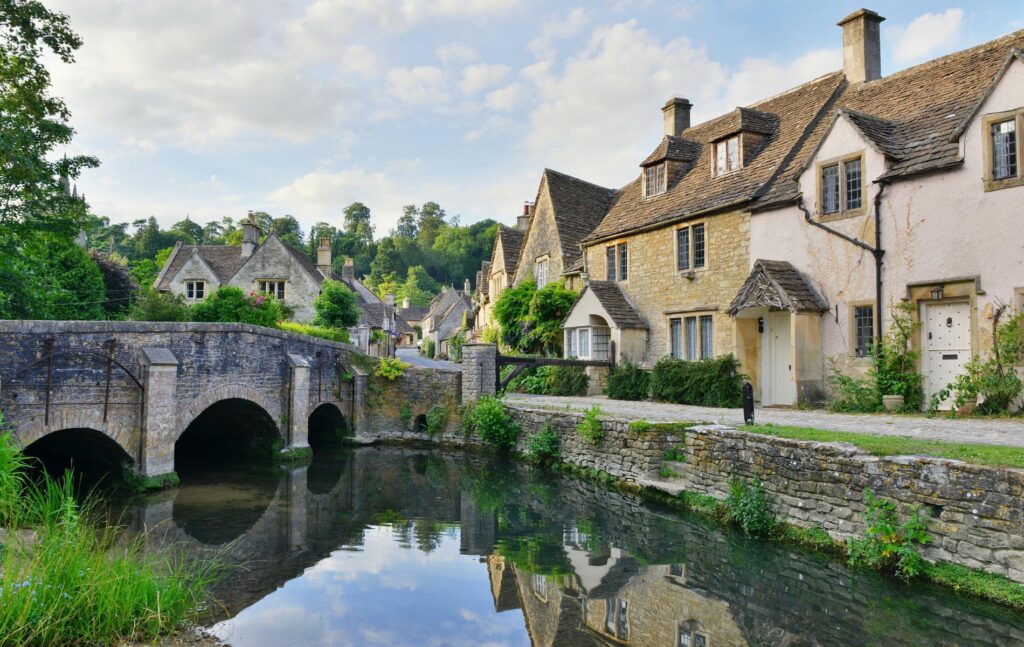
What you need to consider when buying a listed property
It’s essential to do your homework before committing to anything.
This may seem like a long and drawn-out process, but you’ll be thankful in the long run. Horror stories of projects overrunning their budgets are more common than you’d think.
This is usually a consequence of buyers not knowing or preparing for the true extent of the costs involved – and the time in getting permissions approved – in maintaining a listed building.
First, check the description of the property on Historic England’s National Heritage List or the registers for Scotland or Northern Ireland.
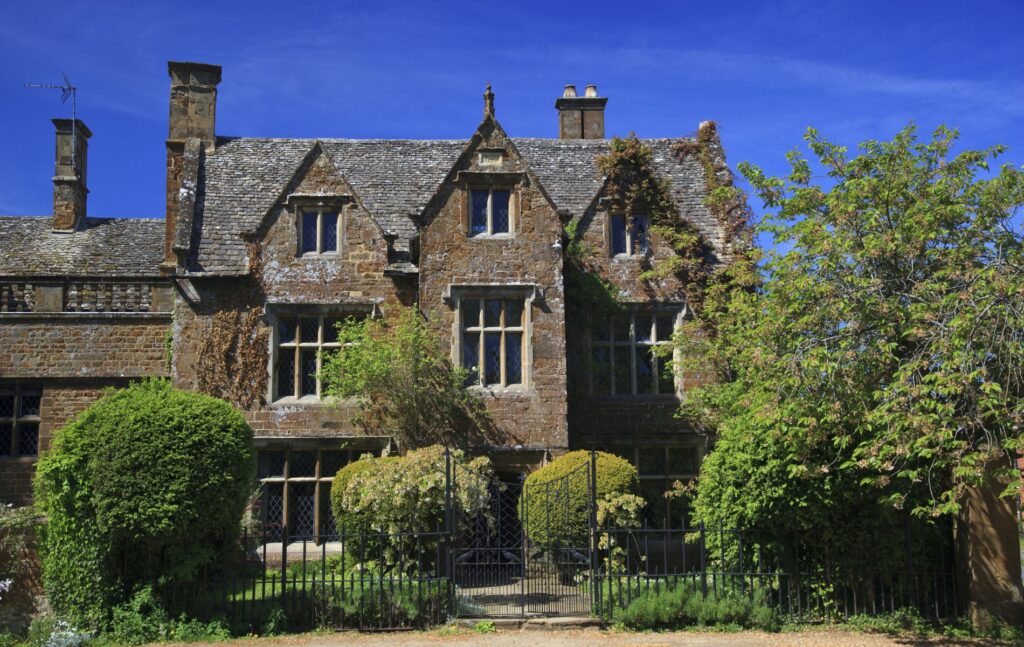
These resources provide an excellent starting point for your research and tell you exactly why the building was initially listed.
From this, you can work out which of the specific elements make it so unique, allowing you to calculate – loosely – what you’ll need in terms of a budget to maintain it.
Then, look at the planning history for the property, to make sure that any works carried out to the building have been noted.
Different councils have different ways of allowing you to search for this information (some are online, others you have to request the details) so get in touch with the local council of the property you hope to buy.
You can also request old Ordnance Survey plans and other documents which the local archive office can provide you with.
These usually offer a more in-depth insight into the hidden history of your property, as well as anything else you’ll need to preserve.
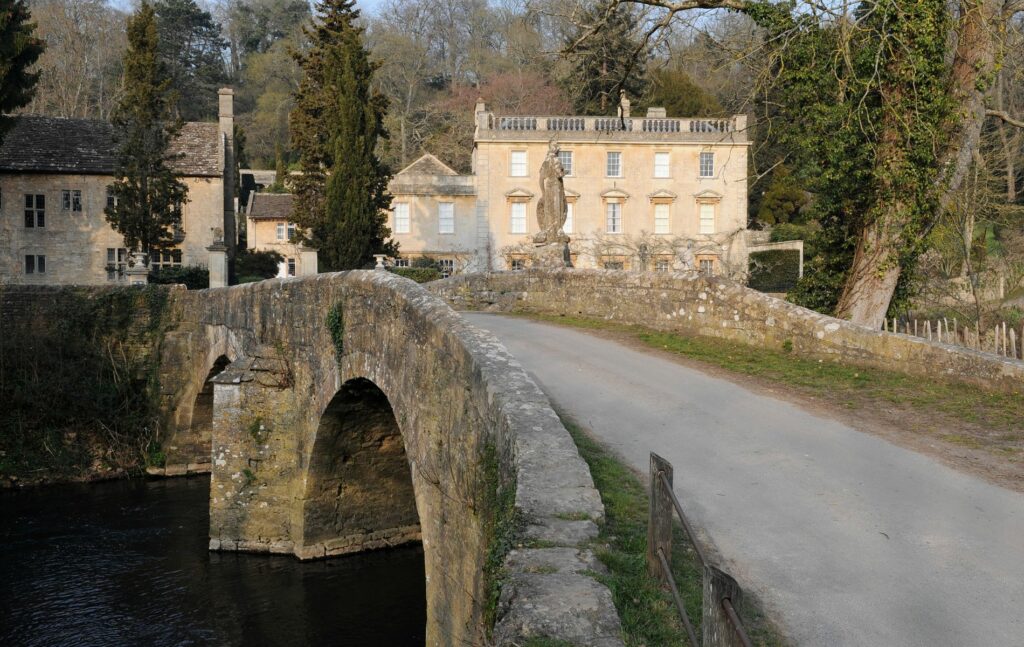
Renovations and upkeep
If you buy a listed property, you can expect to spend more on its maintenance than with a standard property as you may need to use a specific type of stone, for example.
Also, note that you’ll need to get permission to make any changes.
Although the controls protecting the historic environment differ in England, Northern Ireland, Scotland, and Wales, the crux of the system remains the same.
To make alterations, you must receive listed building consent from a Local Conservation Officer. If you’re thinking of building an extension, there’s a good chance you’ll have to use materials that aesthetically match the initial design.
You should also note your local council will have to inform English Heritage (or regional body if you are in Scotland or Northern Ireland) of any planning permission requests you make; this organisation also has a degree of control over what happens to the property.
Your request to make an alteration could be rejected – some of the laws and regulations that limit what you can change about a listed property date back hundreds of years.
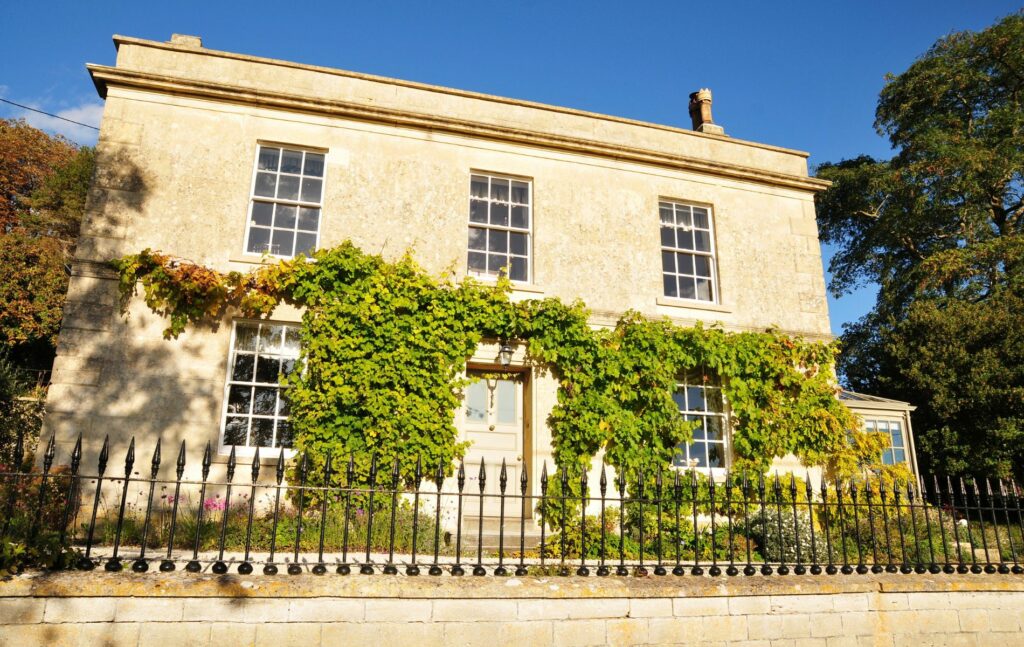
Insurance is essential
Your building is special, so traditional building and contents insurance typically won’t suffice.
Listed building insurance is usually more expensive in comparison to non-listed buildings insurance because of the property’s uniqueness.
For example, should your property be damaged by an insured event, it will usually cost more to repair – you may need special bricks, perhaps. These costs will be reflected in the cost of your listed buildings insurance.
Under the terms of your listed buildings insurance policy, it isn’t uncommon to find you have to meet certain obligations relating to the care and maintenance of the listed building as well as any preventative measures you will need to take.
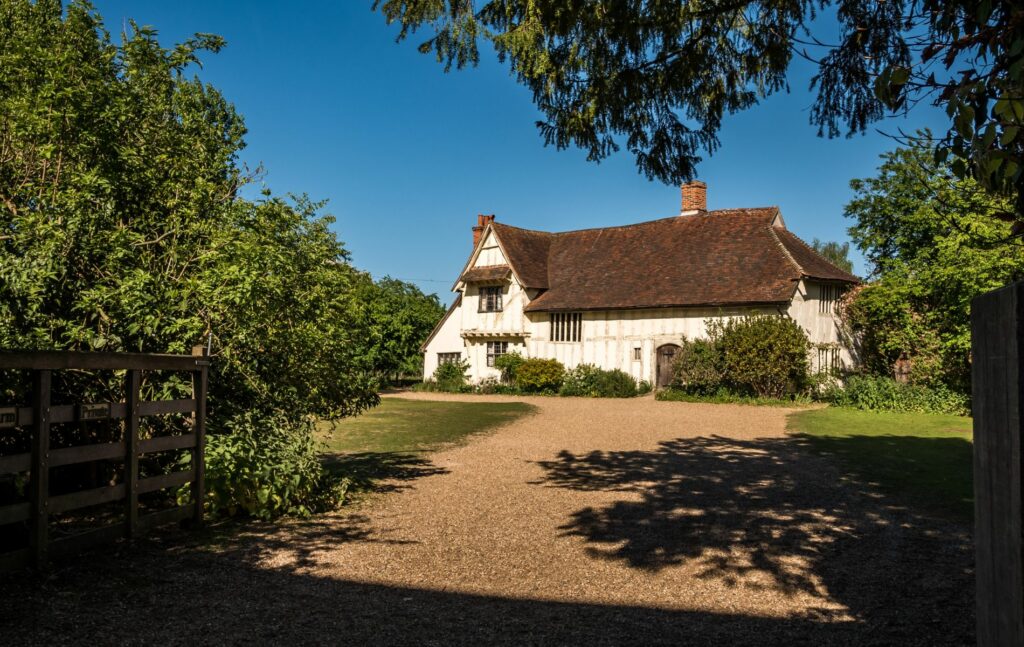
Considering buying a listed or graded building?
All in all, buying a listed or graded building can be a rewarding experience.
At Garrington, we are expert listed building property finders and can guide you through the whole process of buying a listed or graded building. Why not get in touch to find out how we can help?
